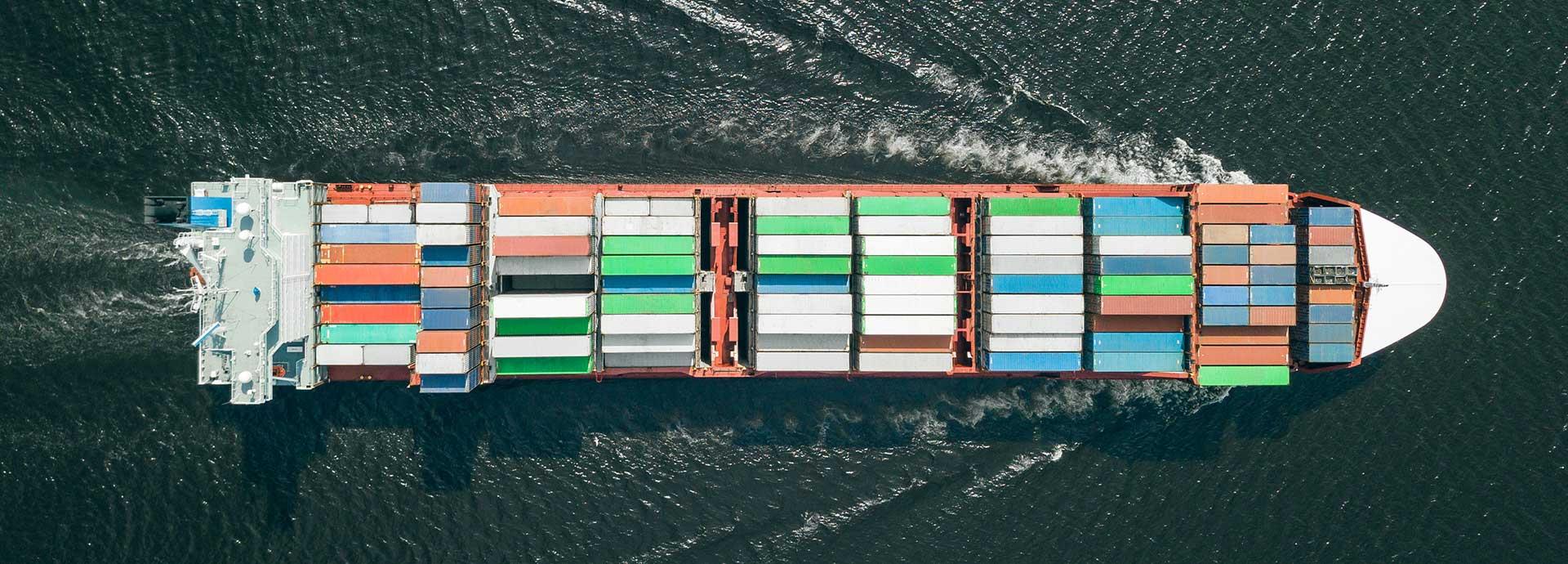

In a world where ‘autonomous’ is a reality, a marketing strategy and a race to the finish line, what lies beneath is often lost in anonymity. Find out how assisted navigation and decision support systems via simulations are paving the way for increased autonomy in the maritime sector.
In a scenario in the future, two autonomous ships made by different manufacturers meet each other. How will these ships interact? How complicated will navigation be? Will the vessels discuss complex navigational manoeuvres? Is there a guarantee that the two intellectual machines will interact in a proper way? Simulation or developing mathematical models for IT systems to mimic authentic real-world outcomes can provide several answers to these questions.
The maritime sector is not new to simulation and has, in fact, been using it for several purposes apart from just automation. For instance, it is used for training crews for new ships before the actual delivery of the vessel for crane handling and towing in ports to test breaches in ship systems among a host of other purposes.
“Simulation allows us to make mistakes without serious consequences in the real world. It can take almost 10 years to design or redesign a vessel. With simulation you can do it much faster, more safely and at a lower cost,” says Alexander Ozersky, Deputy Director-Intellectual Systems at Wärtsilä Voyage Solutions.
For instance, both computer-assisted and autonomous systems require several years and many rounds of testing before they are Collision Regulation (COLREGS) compliant. Simulation can help bring down time and costs significantly and ensure there is no danger
to human life, before the real-world sea trials and supervised navigation are undertaken to make the final conclusion about a system’s sea-worthiness. This simulation-based approach was used to certify COLREGS functionality in Wärtsilä
Navi-Harbour vessel traffic management system with ClassNK.
Assisted Development
Wärtsilä’s Unmanned Surface Vehicle (USV) control system for Navi-Trainer Professional (NTPRO) is a good example of that. It ensures that the system is safe in all kinds of conditions whether it is dense traffic, near-misses, fog, storm, bright sun, night or even emergency situations. Sensor developers can easily test the limitations (e.g. range and error rate) of how their sensors fit into the requirements of a control system. USV manufacturers and integrators can then make sure all the systems fit together even in instances where it is crucial to ensure hull stability (in the case of high waves) and changing engine orders.
In addition, Wärtsilä’s USV NTPRO is DNV certified making it safe for sea trials or safety tests in storm conditions.
“Our expectation is that every company which is developing autonomous navigation technology will want to test in simulators, and that classification societies will ask for such ‘virtual sea trials’ before launch of full-scale autonomous vessels in dense traffic,” says Ozersky.
Launching full-scale autonomous vehicles in dense traffic also requires simulations to be interactive, all stakeholders to work jointly and actors to share ideas and research via open platforms. For an industry that has traditionally worked in silos, this is a big change.
The power of collaboration
Wärtsilä is uniquely positioned in this environment. It is working jointly with several stakeholders to improve the safety and efficiency of unmanned vessels. For instance, it is co-creating an automated collision warning system with Germany’s OFFIS - Institute for Information Technology for their research project on safety of navigation, sensor-related research and automated navigation.
The company is working closely with the Maritime & Port Authority of Singapore (MPA) in areas such as autonomous harbour vessels, connected smart ports, cyber security and maritime data hub exchange to maintain the port’s global edge. An example project is the 'IntelliTug’ – and ecosystem partnership between Wärtsilä, PSA Marine, MPA, TCOMS and Lloyds Register to develop and test advanced capabilities including autonomous level 4 passage planning with collision avoidance. The digital testing and simulation environment ensures that all the individual systems work reliably both in isolated mode, and integrated mode. This instils confidence that the system operates properly in complex navigational conditions and will be comfortable for future operators and ship owners.
“We believe in an open approach and want to join forces to improve the overall safety and efficiency of the industry. Cooperation helps us achieve that and prepares the market and industry for new automation systems. The more we cooperate, the more possibilities we can offer to our customers,” explains Ozersky.
As increased autonomy pushes the maritime sector to sail into unchartered territories, it is companies like Wärtsilä that will have a leading edge. As American writer George William Curtis puts it, ‘It is not the ship so much as the skilful sailing that assures the prosperous voyage.’


